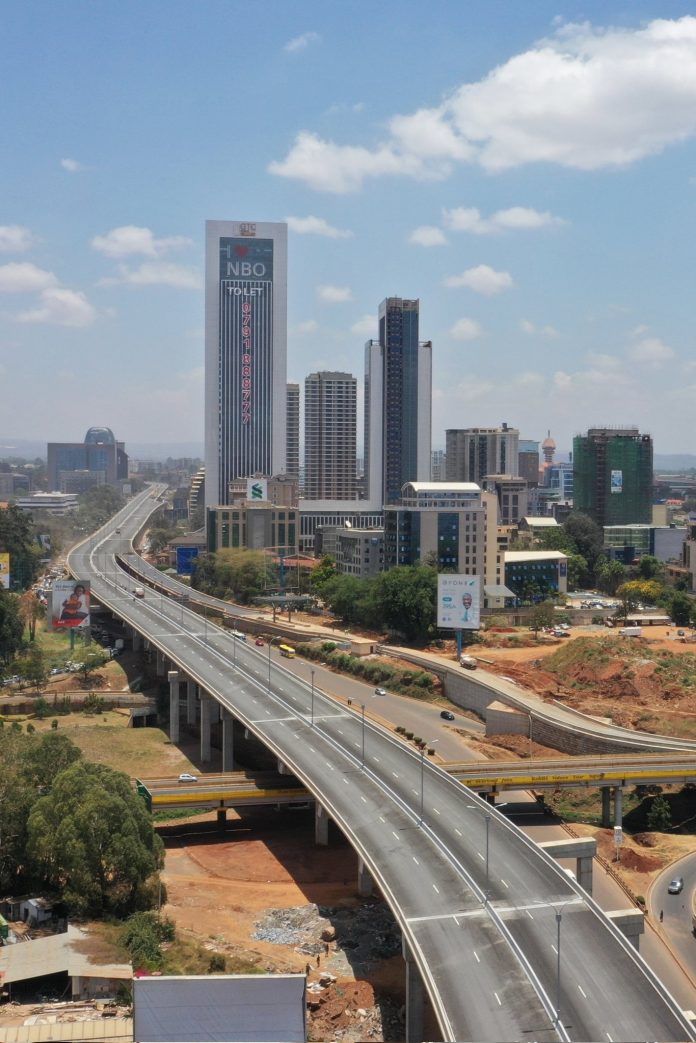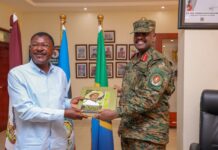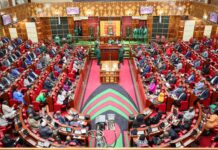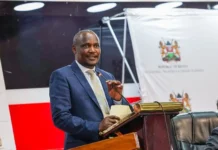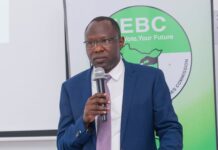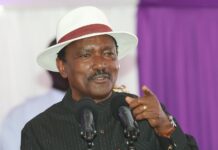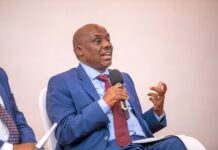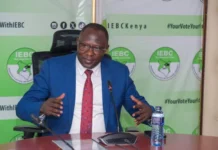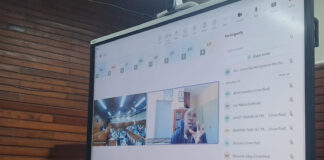Even though a few people have been allowed to use it in a pilot program that is currently underway, the Kenya National Highways Authority (KeNHA) is urging motorists to start making plans to access the Nairobi Expressway.
Prior to the official opening of the Expressway, several Kenyans have signed up to test drive the 27.1 Kilometer road that stretches from Mlolongo to the James Gichuru road.
The Authority’s Corporate Communications Deputy Director Samwel Kumba told Capital FM News that the Expressway has three modes of access, one of which is an On-Board Unit (OBU) that must be installed in personal vehicles at a cost.
He explained that drivers could also pay in cash, to attendants at the toll stations to assist motorists.
He also mentioned that one could use a preloaded card to gain access to the expressway.
He noted that this method of payment is quite flexible because it is not tied to a single vehicle and can be given to a friend to use in a different vehicle.
So far, the contractor has begun a series of repairs to restore parts of the Mombasa Road damaged during the expressway works.
Rules on the road
Once the Nairobi Expressway is open to the public, drivers will be required to travel at a speed of 80 kilometers per hour.
The authority has also cautioned speed-demons of dire consequences if found speeding on the expressway
U-turns on the highway have been prohibited as well as driving in reverse.
Motorists who miss their planned exit must proceed to the next toll station to exit.
Graffiti and scribbling on expressway property, as well as the placement of billboards without prior approval, have all been prohibited on the expressway.









